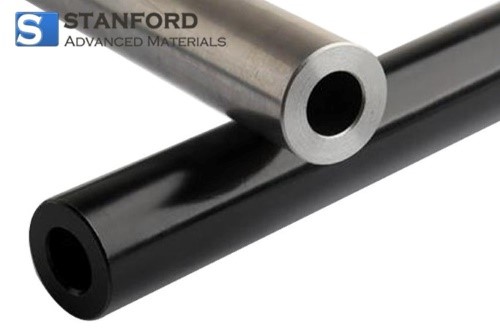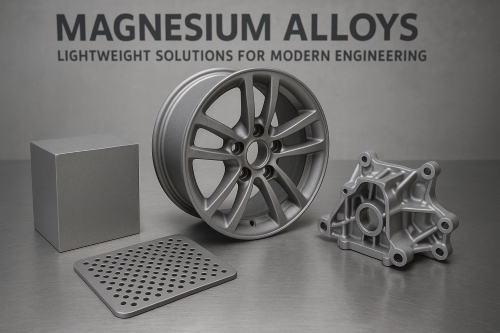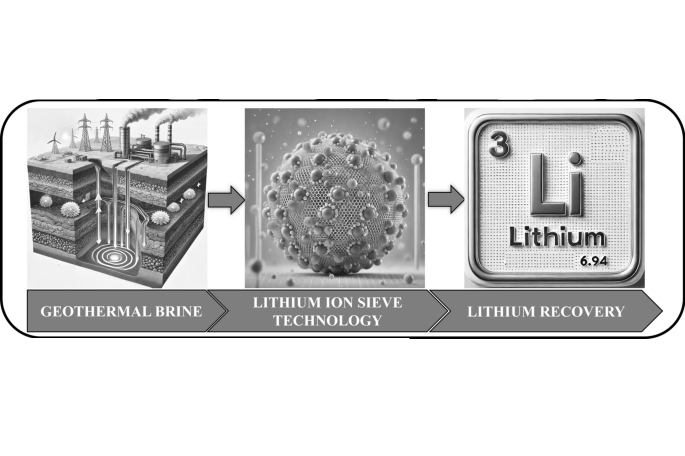Case Study: Transforming Oil And Gas Operations With Hastelloy X Tubes
Introduction
In the continuous pursuit of efficiency, longevity and safety in the oil and gas sector, the selection of materials is critical. Hastelloy X Tube, a high‐performance alloy, has been deployed in this industrial field. This article examines how its applications in oil and gas operations contribute to elevated industry standards.

Figure 1. Oil and Gas Operations
Understanding Hastelloy X Tubes
Hastelloy X, also referred to as Alloy X or by its trade name NK4730, is a high‐temperature superalloy based on nickel. It is composed primarily of nickel, chromium, iron, cobalt and molybdenum, with minor quantities of tungsten and carbon. This composition enables the alloy to maintain its mechanical properties at elevated temperatures and to resist oxidation and corrosion.

Figure 2. Hastelloy X Tubes
High-temperature strength: Hastelloy X tubes retain their mechanical properties at temperatures exceeding 1093°C (2000°F). They are used in applications such as gas turbine engines and industrial furnaces.
Corrosion resistance: The alloy demonstrates high resistance to corrosive agents, including sulphur, chloride and other aggressive substances. It is therefore employed in petrochemical processes where exposure to such chemicals is common.
Oxidation resistance: Hastelloy X resists oxidation in oxygen-rich environments. This property is beneficial in applications such as heat exchangers and combustion systems, thereby contributing to extended service life.
Applications of Hastelloy X Tubes in the Oil and Gas Industry
The properties of Hastelloy X tubes make them a valuable material for various uses in the oil and gas sector. The principal applications include:
1. High-temperature pipeline systems: In oil and gas processing plants, high-temperature and high-pressure conditions occur frequently. Hastelloy X tubes withstand these conditions and are resistant to oxidation and carburisation, thereby ensuring the transport of heated gases and liquids.
2. Combustion systems: Industrial burners, torch systems and other combustion apparatus utilise these tubes because of their capacity to operate at high temperatures and to resist aggressive combustion by-products.
3. Heat exchangers: Heat exchangers that transfer thermal energy between different fluids benefit from the corrosion resistance and high-temperature tolerance of Hastelloy X tubes in heat exchange applications.
4. Thermal processing units: In refineries and petrochemical plants, thermal processing units operate under high-temperature conditions. Hastelloy X tubes are selected for their ability to withstand elevated temperatures and corrosive chemicals.
5. Downhole applications: During oil and gas drilling, downhole equipment is subjected to severe conditions, including high temperatures and corrosive fluids. Hastelloy X components are used to maintain the durability and reliability of drilling tools.
6. Oil refining: In the oil refining process, Hastelloy X is applied in units such as catalytic cracking and hydrotreating, where exposure to aggressive chemicals and high temperatures is inevitable.
Conclusion
In summary, Hastelloy X tubes are extensively used in the oil and gas industry, particularly in environments where high temperatures and corrosive substances are present. Their combination of high-temperature strength and corrosion resistance renders them suitable for applications that enhance operational efficiency and safety.
Hastelloy X is supplied by established providers such as Stanford Advanced Materials (SAM), thereby ensuring access to components manufactured in accordance with precise specifications. Further details are available at samaterials.co.uk.

 Bars
Bars
 Beads & Spheres
Beads & Spheres
 Bolts & Nuts
Bolts & Nuts
 Crucibles
Crucibles
 Discs
Discs
 Fibers & Fabrics
Fibers & Fabrics
 Films
Films
 Flake
Flake
 Foams
Foams
 Foil
Foil
 Granules
Granules
 Honeycombs
Honeycombs
 Ink
Ink
 Laminate
Laminate
 Lumps
Lumps
 Meshes
Meshes
 Metallised Film
Metallised Film
 Plate
Plate
 Powders
Powders
 Rod
Rod
 Sheets
Sheets
 Single Crystals
Single Crystals
 Sputtering Target
Sputtering Target
 Tubes
Tubes
 Washer
Washer
 Wires
Wires
 Converters & Calculators
Converters & Calculators
 Chin Trento
Chin Trento



